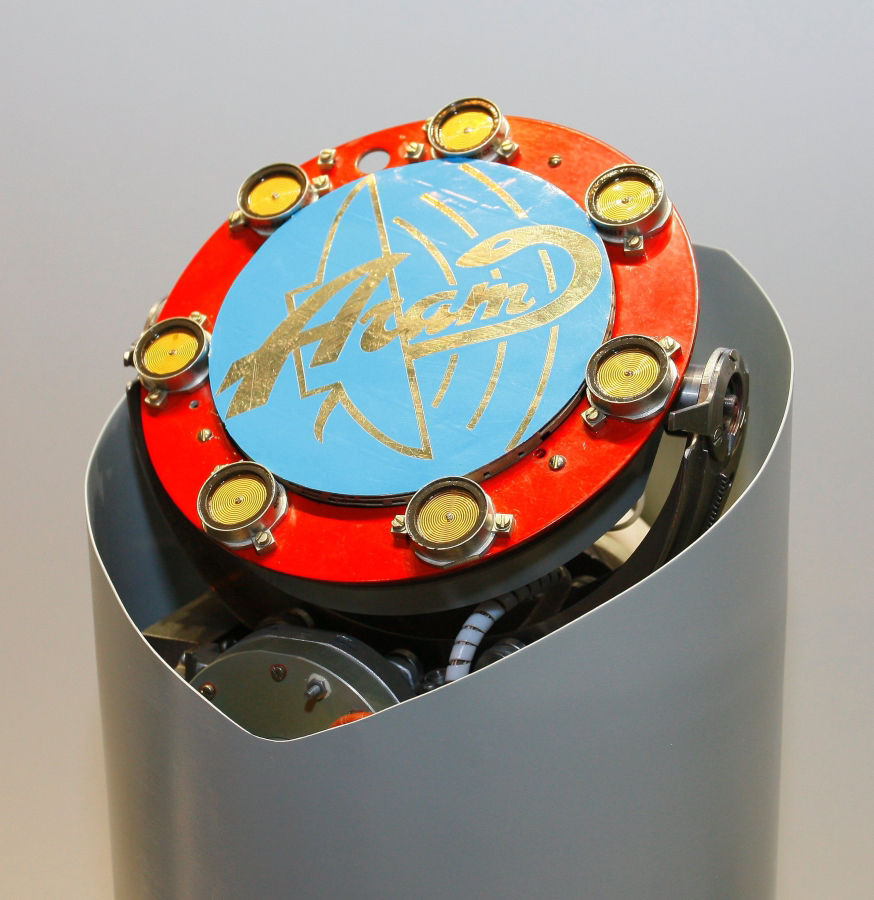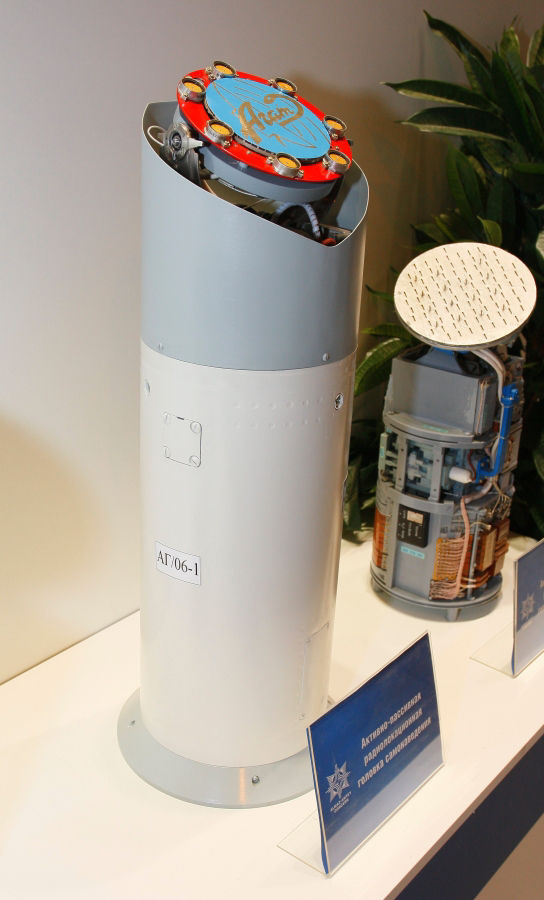Intercepting targets like a manouvering fast one like fighter aircraft at mid altitude RVV-BD will be say 80 km at best ?
Yes , probably is so and its PK would be ,very very low against a modern,
aware, manoeuvrable (or worse supermanoeuvrable) target like for all BVR medium range missiles operative today worldwide.
Naturally this
considering engagements between comparable forces...
if,instead we talk of overwhelming attacks by part of a side enjoying crushing : numerical advantage - 17:1 -,AWACS , stan-off/in ,Jammers, training, age of the aircraft, modernity of weapon suit etc.... against mostly untrained opponents, equiped with immensely downgraded export versions of already old aircraft , devoid of any ECM suit, of any type of MAWS and of same generation weapons,and with radar completely out of work, for prolonged embargo
even medium range BVR missile can achieve in those conditions acceptable PK's levels (in the most recent conflicts at example AIM-120A/C managed to achieve ,with AWACS/jammer aid against "blind" and largely outdated/downgraded aircraft ,firing often
at very reduced rangeand from the most favourable geometry a PK of 0,46 ..... at least acceptable ).
The problem at which Meteor attempt to find a solution is not gain the upper hand in engagements against third world nations ,where air superiority could be achieved ,taking into account the product of all those positive contingential elements previously mentioned, even by F-16A employing only gun.... but confront in enormous "many vs many" engagements an advanced Air Force equiped with modern very
manoeuvrable aircraft with modern MAWS and ECM suit ,and all the other corollary resources like : AWACS, stand-off jammers, ground based ELS ,OTH radars ,SIGINT posts, advanced OLS etc..etc..etc.., against which the BVR phase would represent only a brief window with very limited losses on both side before the merge .
Meteor is the first technological attempt to produce a medium range BVR sufficiently efficient against modern fighter aircraft .
Can you say this would be the right summary of our discussion ?
More or less is so.
Also I wanted your views on why RCS of F-22 is rated at 0.0001m2 but the Chief Designer of PAK-FA stated the RCS of F-22 and PAK-FA being nearly equal at 0.3 - 0-4 m2.
If i would have not been busy at work i would have explained it in the other topic, in any instance that is another
very important information to consider when someone debate of this subject on internet :
Those figures of
RCS of 0,0001 or 0,001 (-40/30 dBSM )
are refered to totally academic critical narrow reradiating cones for the head-on inception angles not .... i reapeat
NOT ...to the average RCS of this type of aircraft



Even
very little variation from that critical angle, always considering only an head-on radar illumination, produce
enormous variations in the final RCS ,even in the scale of some orders of magnitude ,those figures ,representing the lower RCS achieved by a particular platform in a single, academic ,super critical,frontal angle , was conceived to "dramatize" public marketing ; the problem is that the horde of ignorants fan-boys have quickly jumped on them believing that them was the average RCS of those aircraft !!!


What Alexander Davidenko (coming from the same research center where the same Physical theoretical structure of modern stealth was created and from a part of the achievements of which ,with P.Ufimtsev works and publiations, the same American scientifical community of the sector formed itself...this is a good video on that [url=https://www.youtube.com/watch?v=fgeUaD4SB_8 ]www.youtube.com/watch?v=fgeUaD4SB_8 [/url] ) cite here, as in Russian tradition, is instead the
AVERAGE area of diffraction for a realistic multiplatform tactical engagement ( many vs many engagements between data sharing aircraft) ,in those conditions the resultant RCS of an aircraft like F-22 would be 0,3/ 0,4 square meters.
Therefore no one has lied : LM executives talk of a single,academic, super critical head-on angle RCS figure , Davidenko refer,instead, to effective average RCS figure for a typical three-dimensional tactical many vs many engagement, clear ?
In any instance critics of F-22 in American Air Force commutity have very often breached this low level "Veil of Maya" in public communication ,alluding to the
real capitalizable RCS level of Raptor .
Those are some of them by Sprey and Wheeler :
"In truth, against short wave length radars, the F-22 is hard to detect only over a very narrow band of viewing angles. Worse, there are thousands of existing long range,
long wavelength radars that can detect the F-22 from several hundred miles away at all angles."
http://groups.google.com/group/rec.aviation.military/browse_thread/thread/05516f44d354fb43
The F-35 advocates will protest, what of its two most prized features: 'stealth' and advanced avionics? What the Pentagon will not tell you is that 'stealthy' aircraft are quite detectable by radar; it is simply a question of the type of radar and its angle relative to the aircraft.
http://f35insouthburlington.blogspot.com/2010/05/q-with-winslow-wheeler-by-juliet-buck.html





